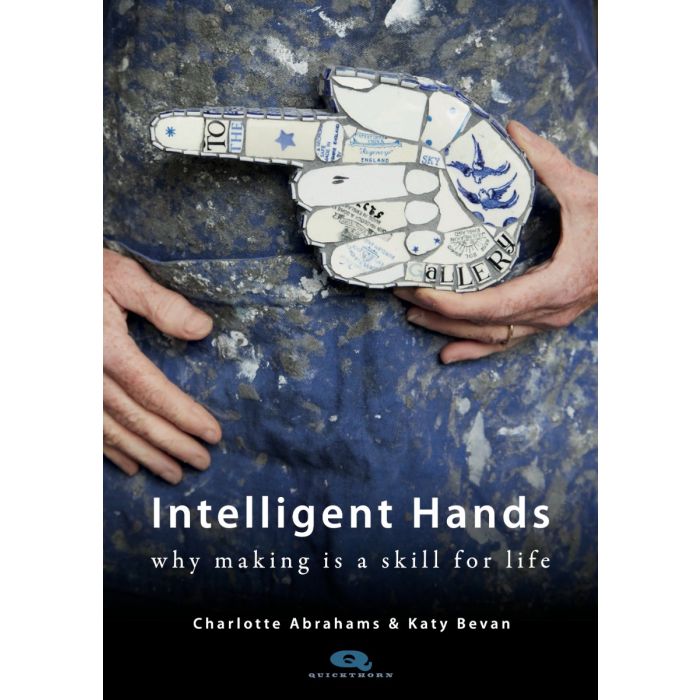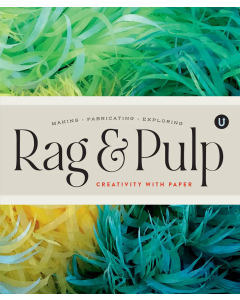Intelligent Hands: Why making is a skill for life
| Weight | 0.280000 |
|---|---|
| ISBN13/Barcode | 9781739316020 |
| ISBN10 | 1739316029 |
| Author | Charlotte Abrahams and Katy Bevan |
| Binding | Paperback |
|---|---|
| Date Published | 3rd September 2023 |
| Pages | 144 |
| Publisher | Quickthorn Books |
Making is good for us. Using our hands benefits our cognitive development, improves our mental agility and can have a positive impact on our mental health, too. We know this, intuitively and intellectually yet, recent years have seen a decline in craft and creative education in schools (60% fewer young people have taken art and design GCSE over the last 12 years) and a shift from practical to theoretical learning models in higher education.
The impact on the craft sector is evident. Young people are leaving school with no idea that craft-based careers are even possible, and graduates of craft-based degree courses are entering the workplace with so few hand skills that their employers must train them from scratch.
But the ripples of this decline are being felt in wider society too. Disruptive behaviour in school, for example, has reached unprecedented levels, with referral units for children who have been excluded from mainstream schools warning they have reached capacity. And as we hurtle into the fourth industrial revolution, we risk losing the craft skills which make humans unique. As Tristram Hunt, Director of the Victoria & Albert Museum wrote in a recent piece for the Observer, “the digital age demands more, not less creativity in schools and families. It is through play and imagination that we can rise above the robots.” (‘Move over, stuffed teddies. Museums today need more to stimulate young minds,’ 24th June 2023)
Intelligent Hands: Why making is a Skill for Life investigates the cognitive benefits of craft in life-long learning and brings together existing research
and information in an accessible format to make the case for working with our hands.
The authors are on a mission to enlighten the uninitiated and persuade the nay-sayers who dismiss craft as no more than a nice hobby or believe that doing things with your hands is for those who can’t use their heads. And for the converted, they offer ammunition for funding applications, inspiration for those who plan school curricula and further reading for particular specialities.
Divided into three sections and interwoven with the personal stories of ten makers, the book looks at how physical labouring became separated from academic study, how we became divorced from the materials that surround us and the important role that the crafts and creativity play in education, not just for the lower streams, but for everyone.


